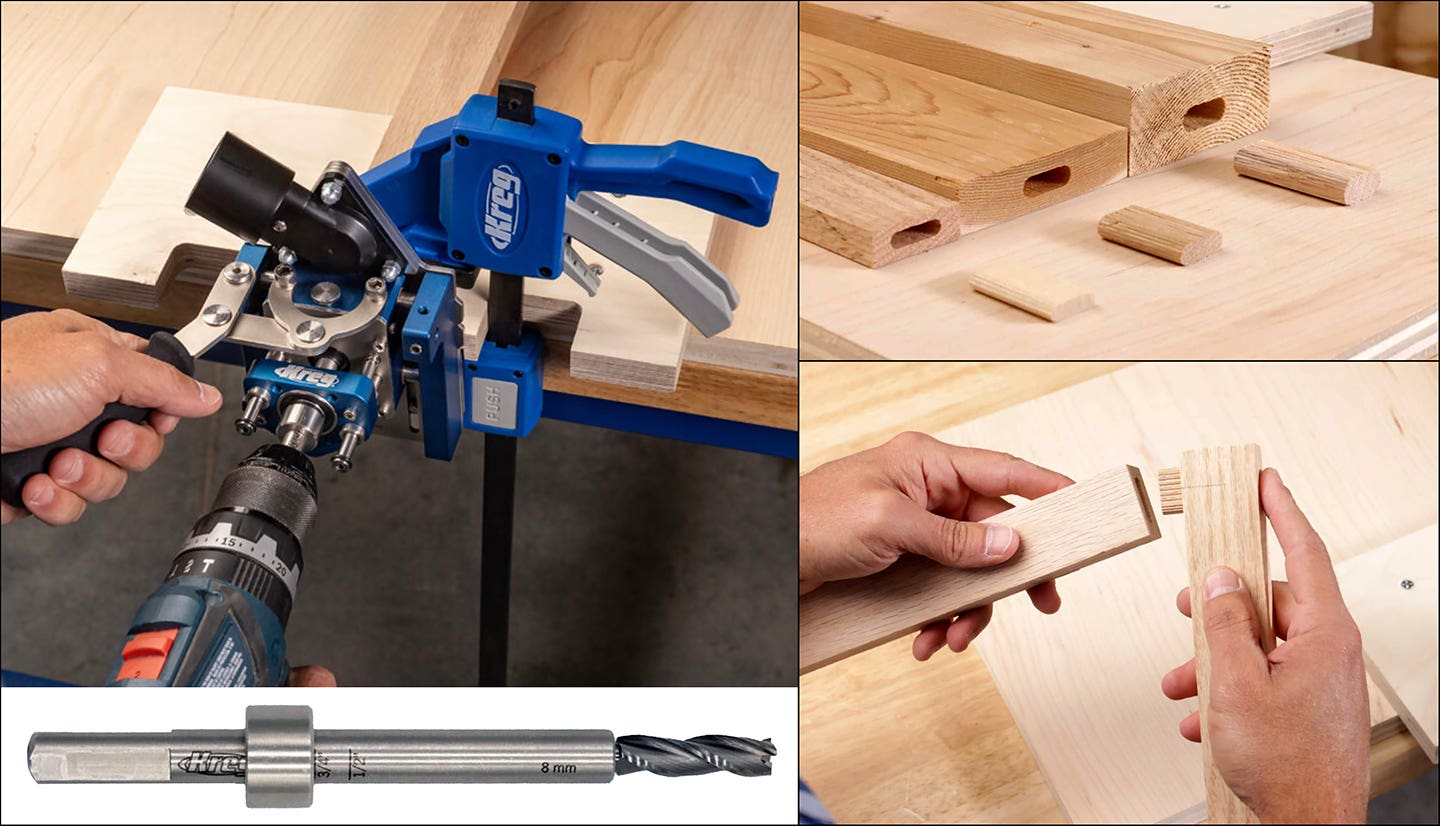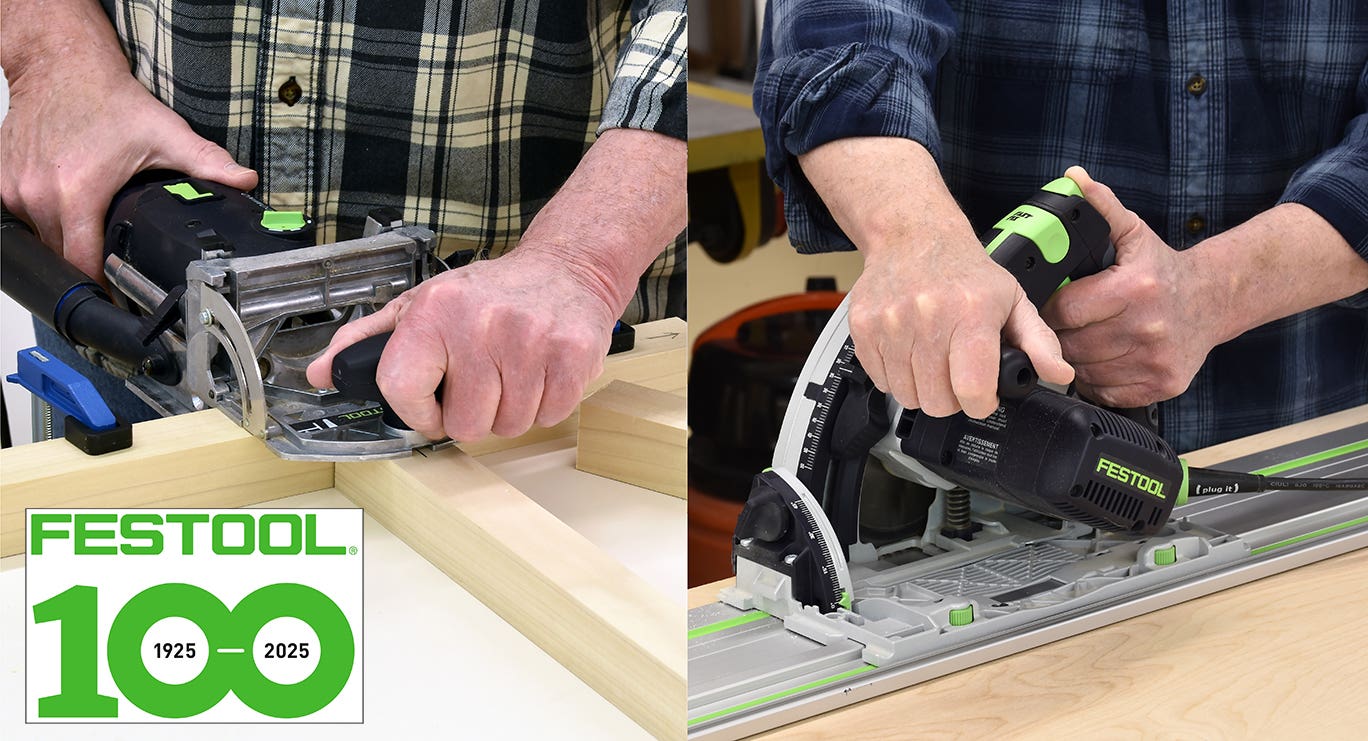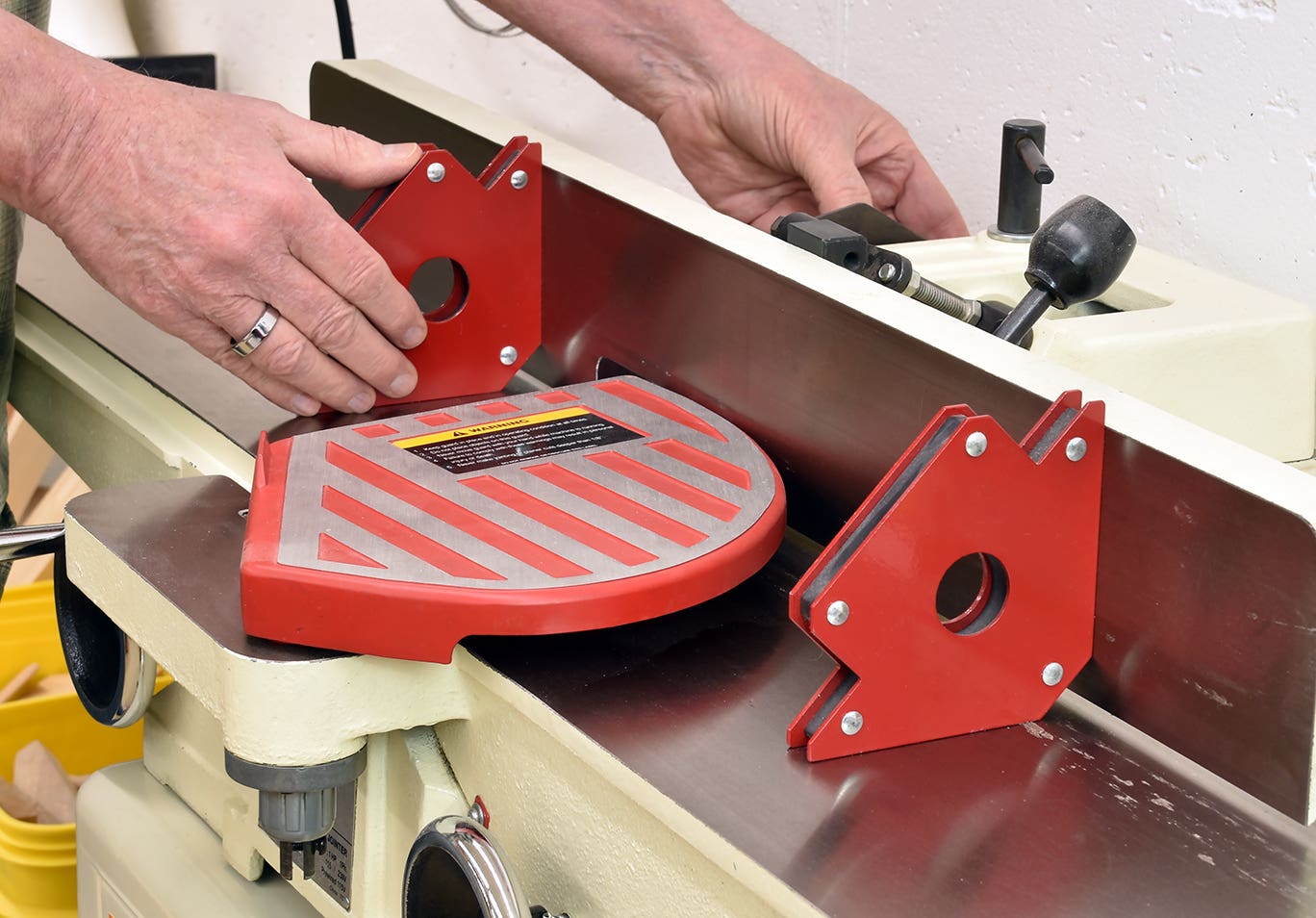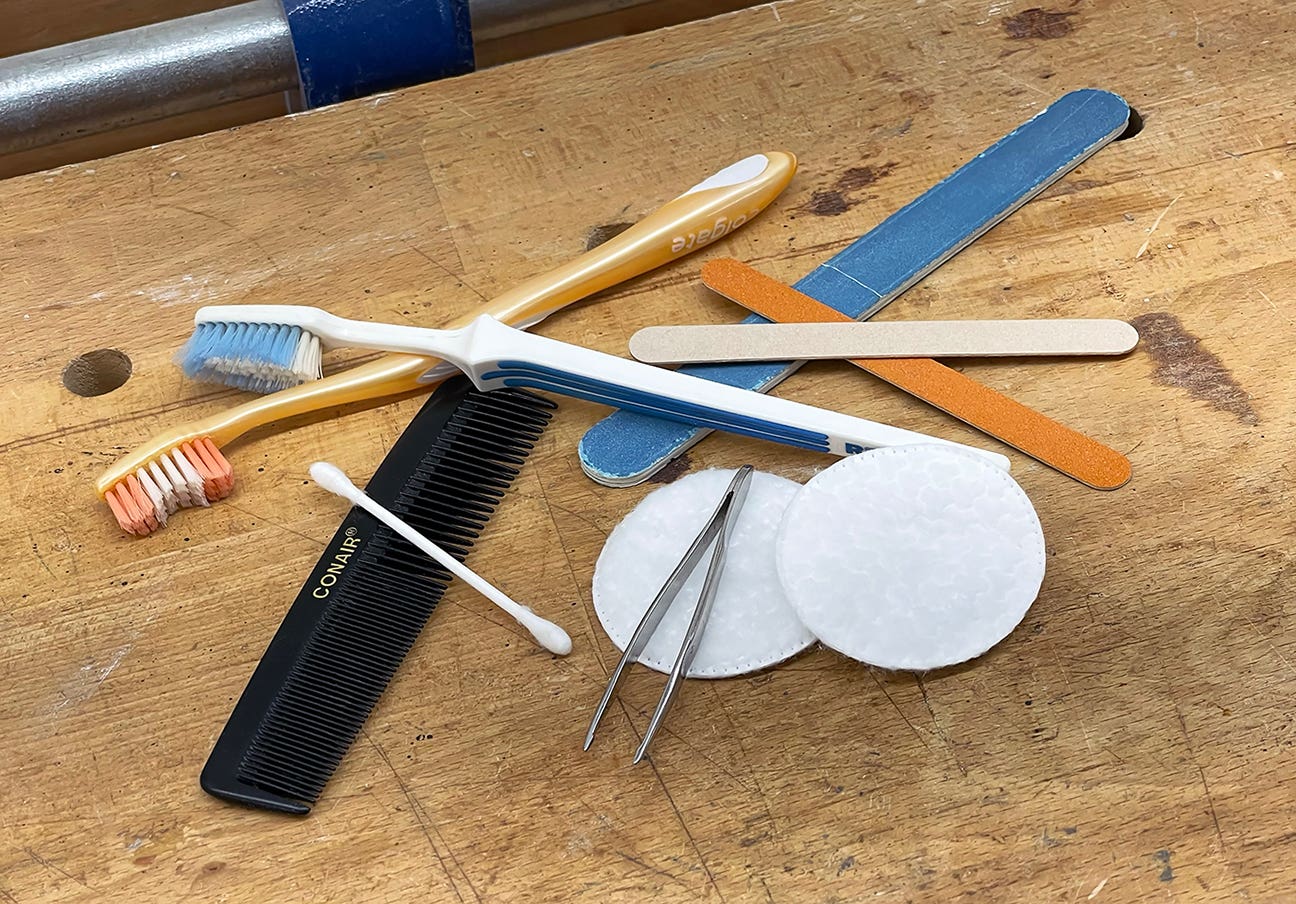Stacked high & wide
Getting the lumber you want out of a tall stack isn’t always easy, but it used to be a lot harder.
Getting the lumber you want out of a tall stack isn’t always easy, but it used to be a lot harder.
Why is it that the lumber you want – the right thickness, width, figure, or whatever – is always in the middle (or worse) bottom of the stack? Because that’s the way life works. It’s just a truism that woodworkers all have to live with.
But back in the old days before “shorter” stacks at today’s distributors and home centers, lumber stacks used to be a lot taller. Especially when the stack was located at the company that harvested and stacked the lumber for air-drying, as in these early 20th century photos.
That’s part of the stacks at the Seattle Cedar Lumber Manufacturing Company, which operated from around 1890-1973. Take a look at that stack in the left photo – if that guy standing on that corner is a full 6' tall, that makes that stack at least 50' high. And there’s one stack after another, after another, after another.
Amazingly, the wood was stacked by hand, using the conveyor system in the righthand photo. Boards were placed on supports one at a time and chain-driven up and over the top of the track, then down to the guys tasked with grabbing the boards, laying out stickers, and stacking the top layer.
The stack would continue growing until reaching the limit of the conveyor, at which point I suppose those guys – undoubtedly exhausted – rode the conveyor down to the loading platform. Keep in mind that there are only a few stacks shown in these images, but the total number of boards in the yard easily numbered into the hundreds of thousands, if not a few million.
I always curse inwardly when I have to dig around for “the good stuff” at my local lumber monger. But considering how much harder it would have been a hundred years ago, I think I’ll count myself lucky.
A.J. Hamler is the former editor of Woodshop News and Woodcraft Magazine. He's currently a freelance woodworking writer/editor, which is another way of stating self-employed. When he's not writing or in the shop, he enjoys science fiction, gourmet cooking and Civil War reenacting, but not at the same time.







